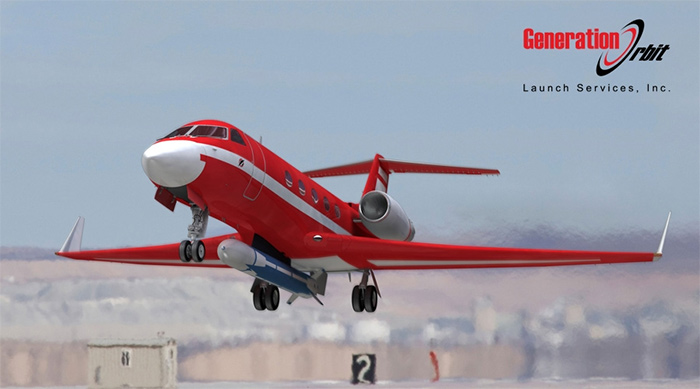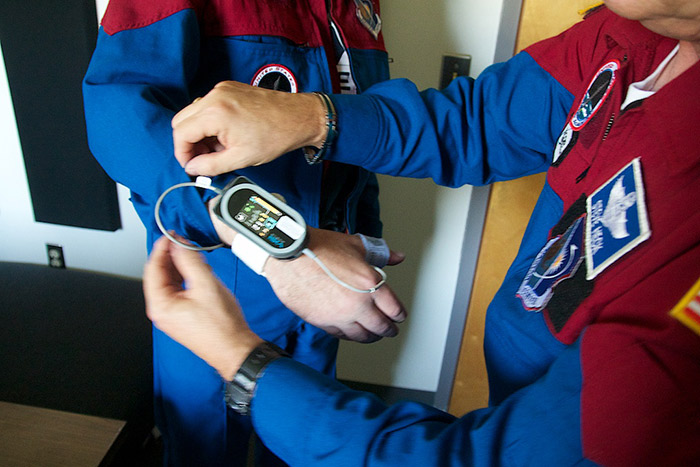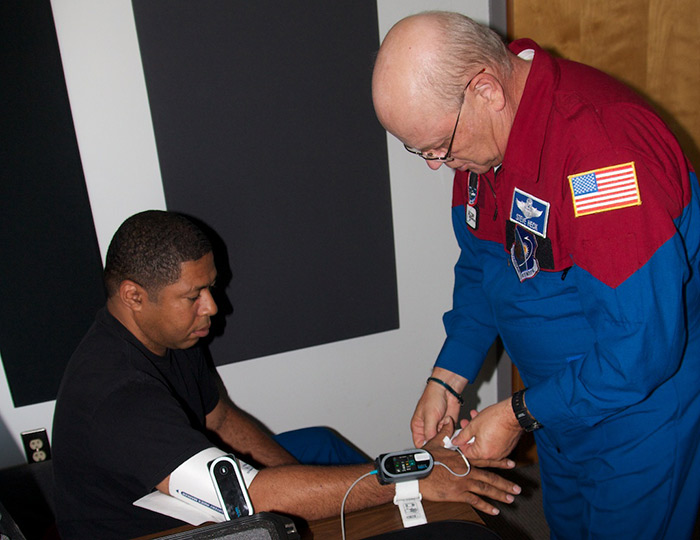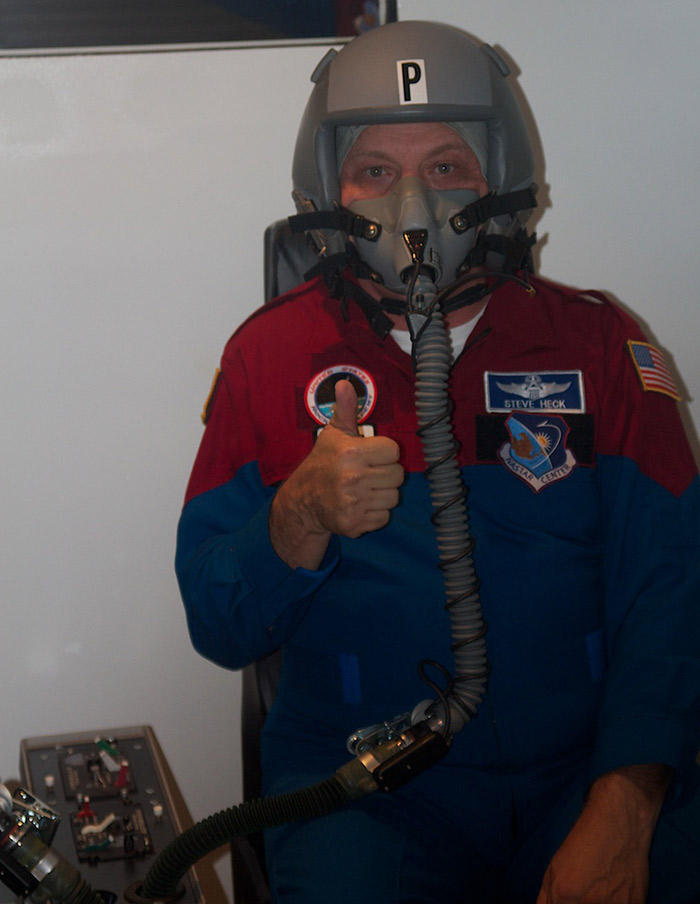
The head of the NASA Astronaut Office, US Air Force Colonel Robert Behnken, has weighed in on one-way missions to Mars.
In an article by Todd Halvorson of Florida Today, Col. Behnken said, “The one-way mission to Mars is not one I would see the Astronaut Office having a line of people signing up for.
“I think across the board the one-way mission needs to have a very high reward aspect to it: the national objective sort of award. There are many things we do in wartime situations, that we ask people to step up and accomplish for us. We need that level of reasoning from the Astronaut Office perspective.”
This reasoning is not surprising from a professional military officer, but it ignores thousands of years of human history. Human beings undertake one-way trips (what the military calls “missions”) all the time. Most of these trips are not in response to a military emergency. More commonly, they are undertaken because an individual human being or family decides to move to a new location with no intention of returning.
The settlers on the Mayflower were on a one-way mission. So were the settlers who opened the American West. Many died along the way, but no one regarded it as the equivalent of a military suicide mission.
These one-way trips were not, in general, undertaken as the result of a “national objective.” There have been forced government relocations (unfortunately), and of course, the government relocates military personnel all the time — but military relocations are usually temporary. More often, one-way trips are undertaken to meet personal or family objectives, rather than national objectives.

NASA was created during the Cold War, for Cold War propaganda purposes. President Eisenhower wanted a civilian space agency to show the world our peaceful intent and to take the manned space program away from the military-industrial complex, which he distrusted. Ironically, he created a new NASA-industrial complex with many of the same characteristics. When President Kennedy took office, NASA’s role was greatly expanded. Eisenhower did not want a space race, which he perceived would soon rival the arms race in terms of expense. Kennedy wanted to confront the Soviets in space to show that our private-enterprise system was better than their socialist system. Kennedy never allowed private enterprise to play any significant role in Project Apollo, however. Instead, Apollo merely proved that our socialists were better than their socialists.
The Cold War is over, but Cold War reasoning remains. Remnants can be seen in Col. Behnken’s statement about “national objectives.”
NASA and other space-policy planners need to move away from “wartime reasoning” to peacetime reasoning. There is no justification for spending tens of billions of dollars to send humans to Mars, unless humans are going to permanently settle on Mars. There is no justification for spending billions of dollars to send unmanned probes to Mars, unless humans are going to follow.
The settlement of Mars (and space, in general) will entail a large number of one-way missions, by definition. Settling a new territory means people setting out on one-way trips, building new homes, and creating new lives for themselves in a new land.
Space settlement will not be accomplished as a “national objective.” If NASA tries, it will fail. History provides a useful comparison. Spain set out to colonize the New World as a national objective, under the direction and control of the Spanish Crown. Great Britain took a laissez faire approach to colonization, granting charters to private groups such as the Virginia and Plymouth companies. Spain controlled the most desirable portions of the New World, with most of the resources and milder climate. Yet, it was North America, under British control, that prospered, while the centrally planned Spanish colonies remained backward.
Colonel Behnken is correct in saying that NASA cannot undertake arduous missions except in pursuit of a national objective. NASA is the product of intelligent design. Its creators, Eisenhower and Kennedy, put that into the agency’s DNA. But not everyone has that limitation. While NASA may play a role in space settlement, it will not play the primary role.
The NASA Astronaut Office may not have a long line of people willing to sign up for one-way trips to Mars, but there are people who will line up for it. Mars One is taking in a tidy bit of money from people who are willing to pay, just to have their names on a list of possible candidates. We must stop thinking of space solely in terms of NASA. It is time to move beyond Cold War reasoning.
















